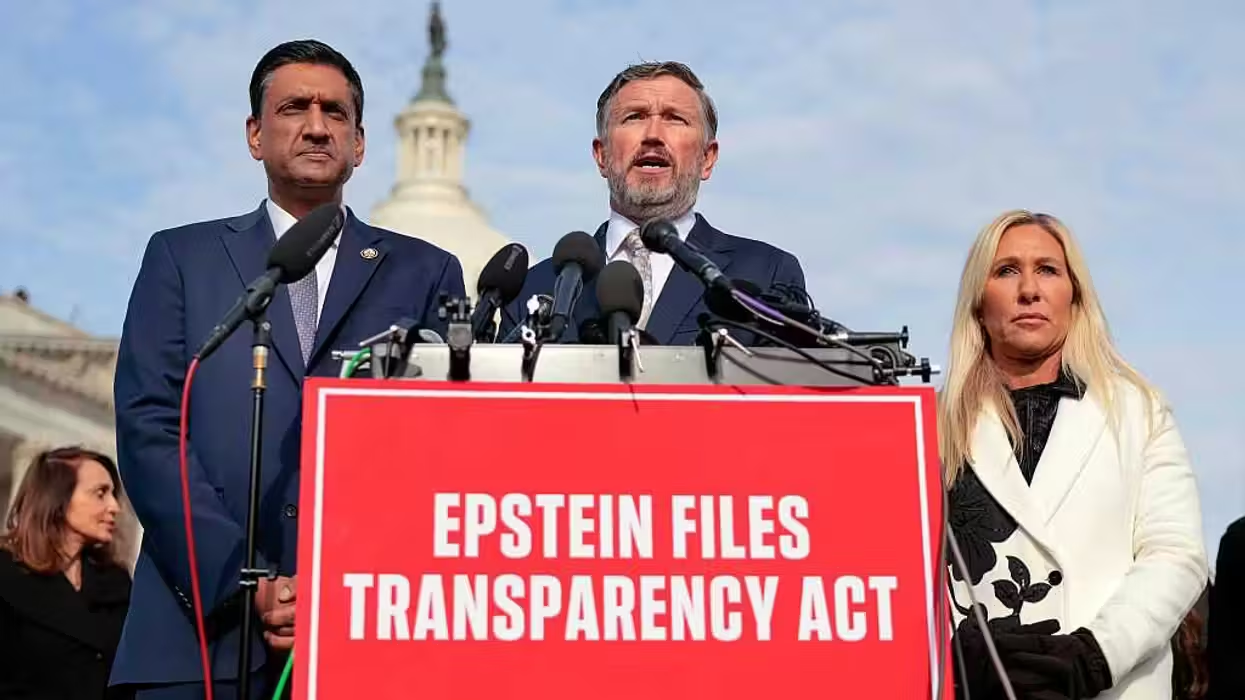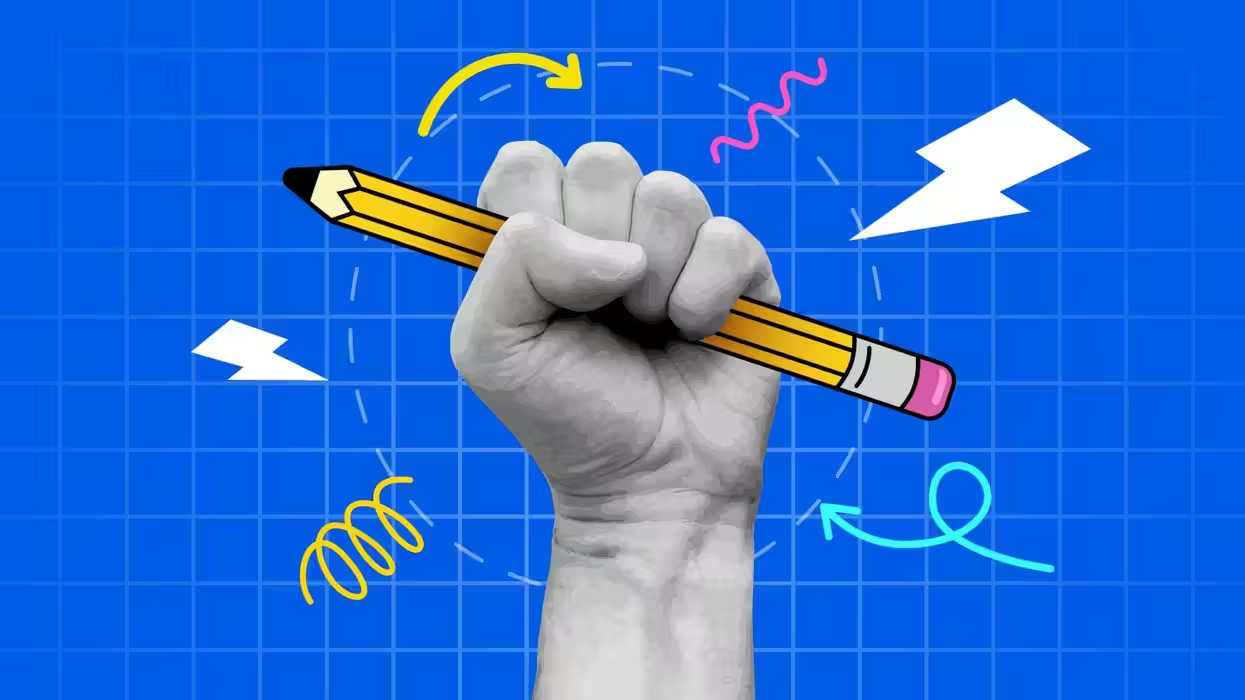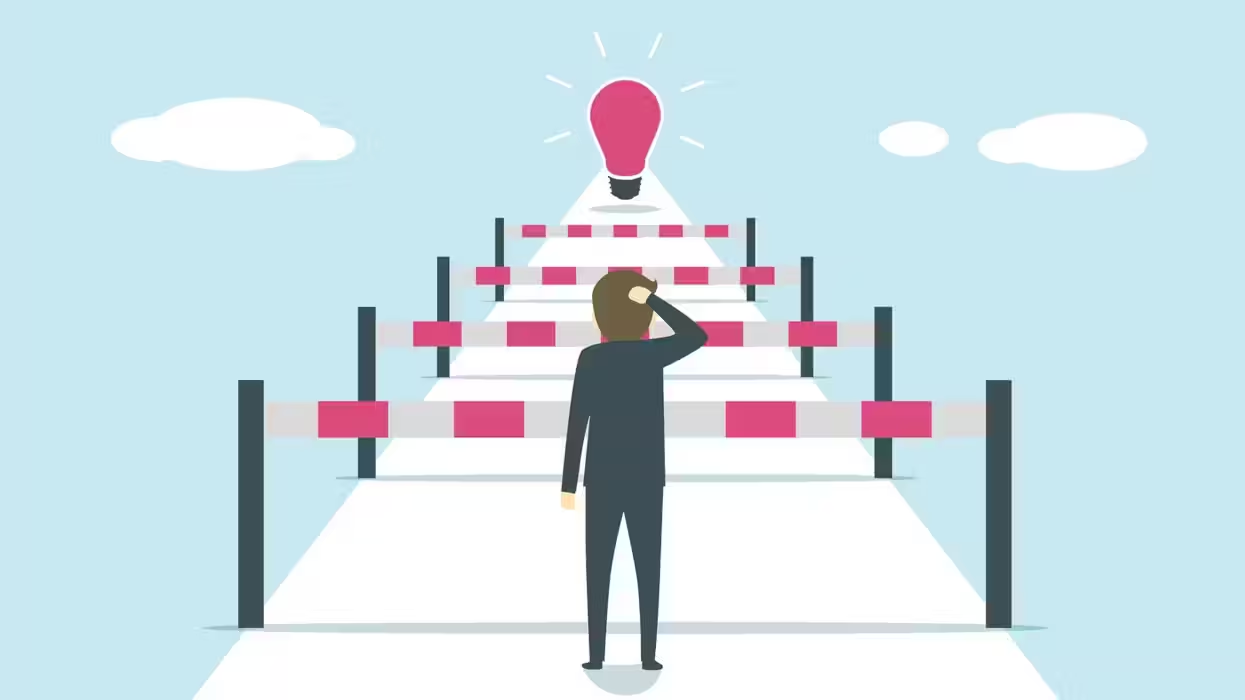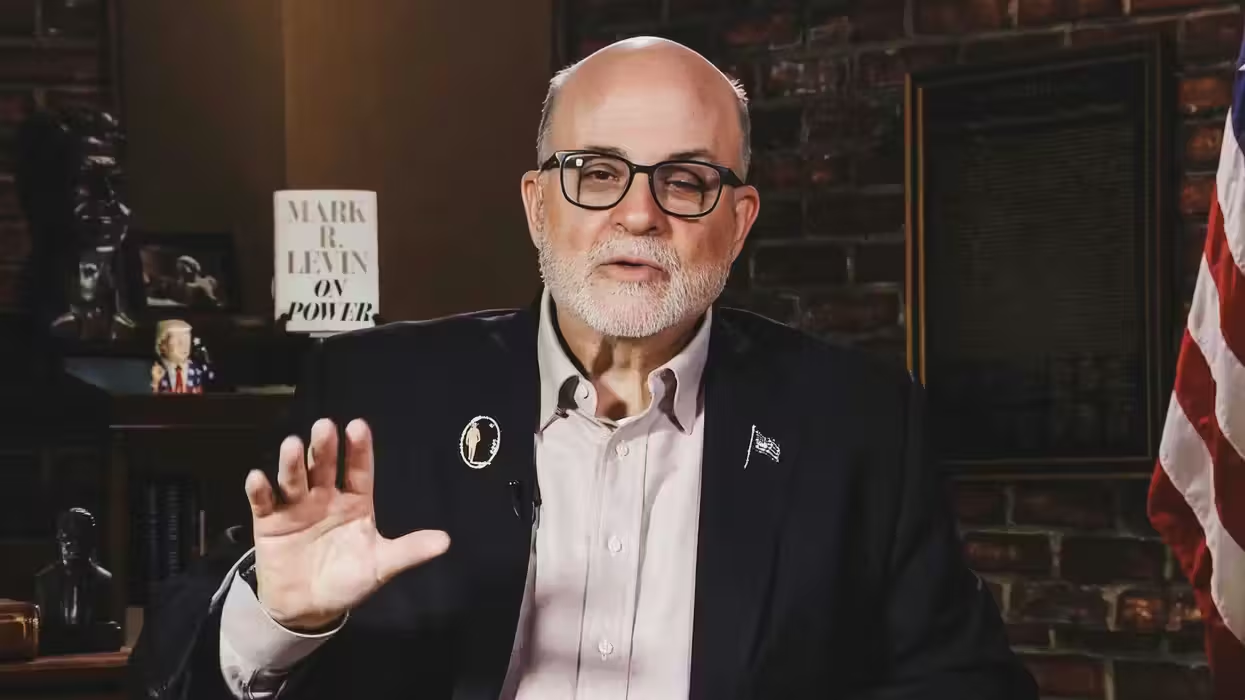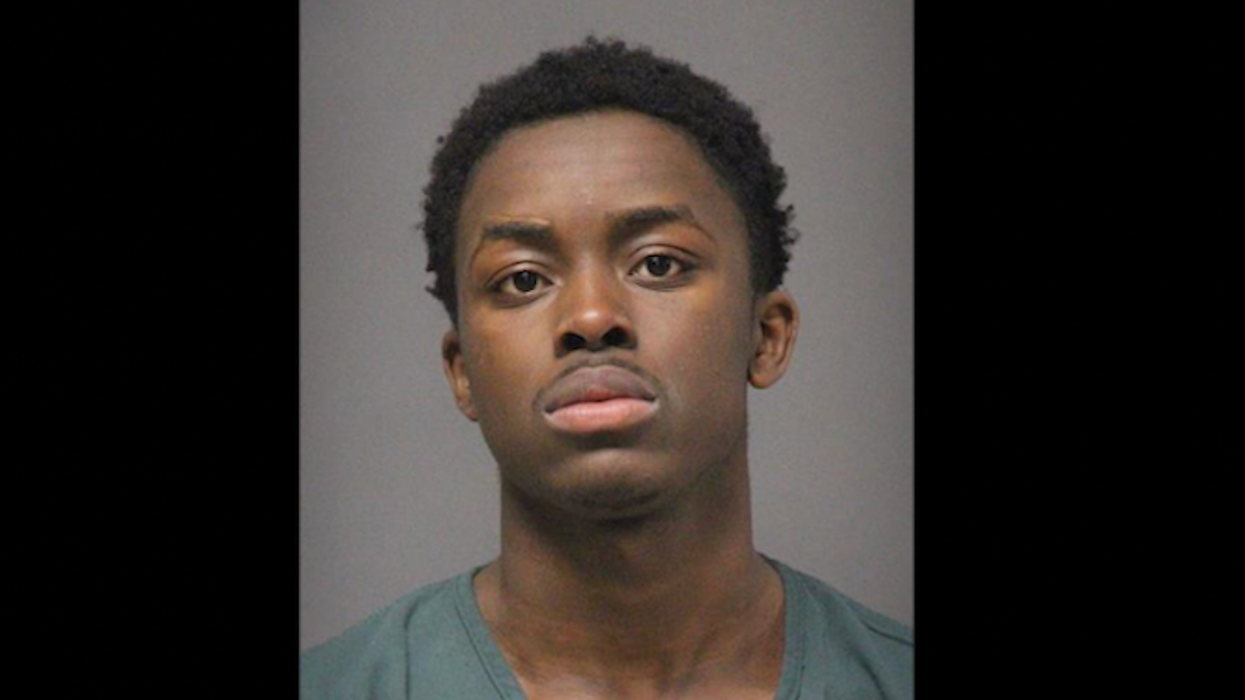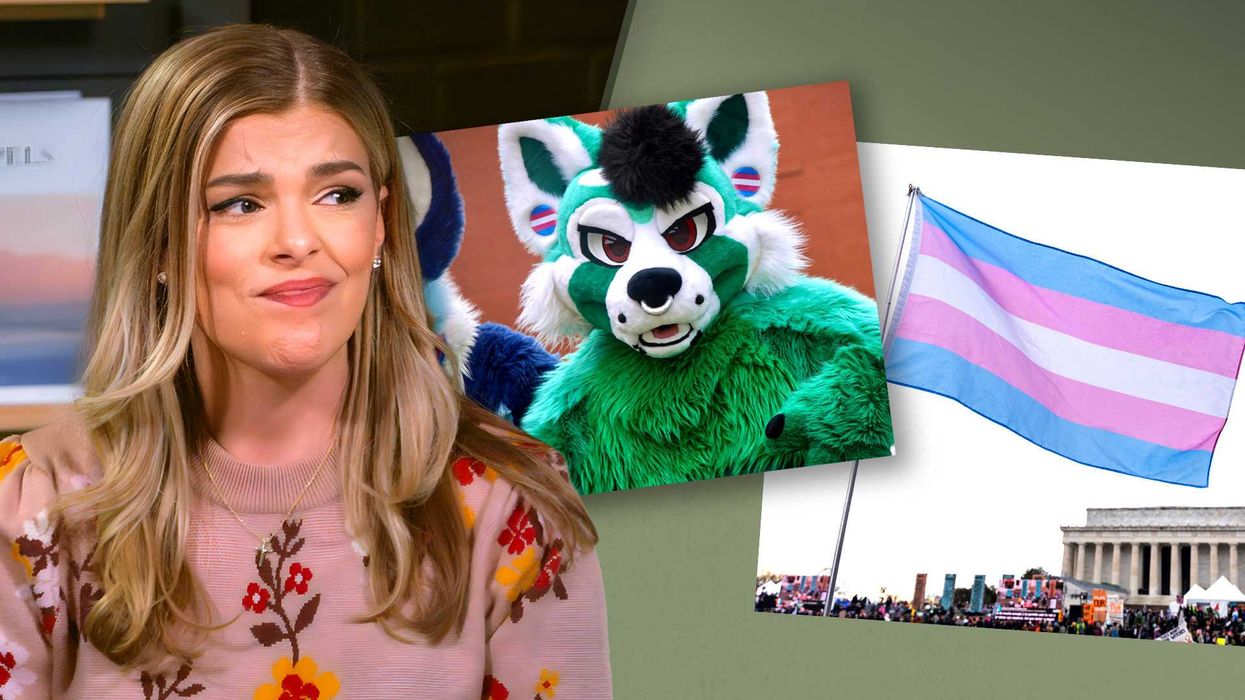
© 2025 Blaze Media LLC. All rights reserved.
"it’s the perfect flag"

As most Christians know, the rainbow has Biblical roots, but it has also become the symbol of the international gay rights movement. This dichotomy, which is certainly interesting, causes one to wonder how the imagery came to be known as a rallying cry for gays and lesbians across the globe.
Recently, CBS Chicago caught up with Gilbert Baker, 60, the man who created the rainbow flag -- one of the most recognizable symbols in the world. In an interview with the outlet, Baker, described his reasoning for using the image that is invoked in Genesis as a symbol of the covenant God formed with man.
"The rainbow came to mind almost instantly as an obvious expression of diversity and acceptance," Baker explained. "The rainbow is a part of nature and you have to be in the right place to see it. It’s beautiful, all of the colors, even the colors you can’t see. That really fit us as a people because we are all of the colors. Our sexuality is all of the colors. We are all the genders, races and ages."
It was in 1978, when Baker was commissioned by the San Francisco Gay and Lesbian Pride Parade to come up with something that could represent the community and be used annually. He spent time studying the rainbow's placement in Biblical teaching, Native communities and the 1960s hippie culture and inevitably decided to use it to promote the movement.

CBS has more about Baker's background and the flag that has grown into a cultural icon for the gay rights:
In his 20’s at the time, Baker, who was born in Kansas, settled in San Francisco after being discharged from the Army following a tour of duty in Vietnam. He taught himself how to sew and began using his new talent to make banners for gay events and marches. That’s how he met and became friends with Harvey Milk, who became the first openly-gay elected supervisor of San Francisco in 1977. Milk rode under Baker’s flag when it debuted to the public during the 1978 pride parade. Milk was assassinated later that year.The first design of the Rainbow Flag included eight stripes, each a different color with its own symbolism. Pink represented sex, red represented life, orange for healing, yellow for sunlight, green for nature, blue for art, indigo for harmony, and violet for the human spirit. Pink had to be dropped because at that time, it was not a commercially available color. Indigo would later be removed so that the flag would have an even six stripes.
Watch Baker describe his work in a 2008 interview, below:
Baker's flag has been released into the public domain, which essentially means that it can be reproduced and re-purposed by anyone who seeks to utilize it. This matches his own views on the symbol, which he says "belongs to the people." Baker also believes that it's an image that is here to stay -- one that will likely be embraced by generations to come.
"I think the Rainbow Flag will survive forever, primarily because it’s the perfect flag, regardless of whatever political meaning it may have or evolve to," he said. "A rainbow is something in the sky, so a rainbow flag fits."
You can read more about Baker and his creation here.
Want to leave a tip?
We answer to you. Help keep our content free of advertisers and big tech censorship by leaving a tip today.
Want to join the conversation?
Already a subscriber?
Billy Hallowell is a digital TV host and interviewer for Faithwire and CBN News and the co-host of CBN’s "Quick Start Podcast."
Billy Hallowell
Billy Hallowell is a digital TV host and interviewer for Faithwire and CBN News and the co-host of CBN’s "Quick Start Podcast."
more stories
Sign up for the Blaze newsletter
By signing up, you agree to our Privacy Policy and Terms of Use, and agree to receive content that may sometimes include advertisements. You may opt out at any time.
Related Content
© 2025 Blaze Media LLC. All rights reserved.
Get the stories that matter most delivered directly to your inbox.
By signing up, you agree to our Privacy Policy and Terms of Use, and agree to receive content that may sometimes include advertisements. You may opt out at any time.

